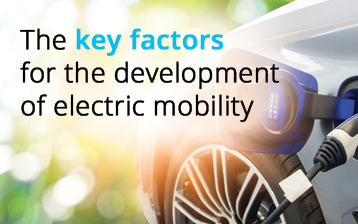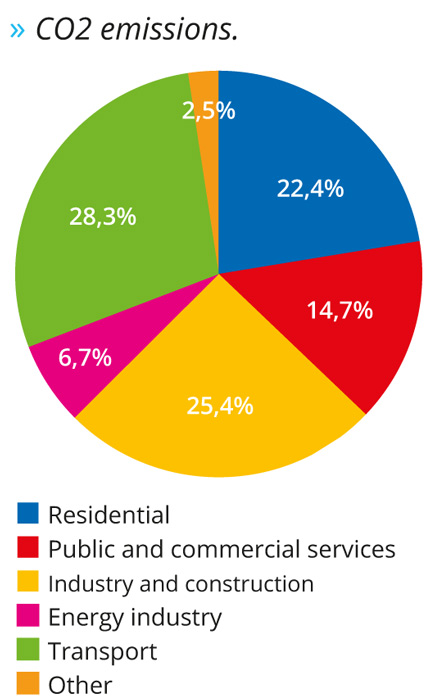Innovation, high investments, strong media attention are the elements that distinguish electric mobility in this historical period. It is a sector still at an early stage of development and there are several variables involved.
Digitalisation
It is expected that the internet, or the new computer technologies, will lead to considerable changes in the world of work connected with transport: connected cars, with autonomous driving, which will exchange electricity with the network or among them.
This futuristic scenario is not so far away.
Urbanisation
Across the planet, there is a phenomenon of population displacement towards densely populated city centres, due to the number of services made available in large cities.
This implies a higher level of polluting emissions and greater difficulty in transport. Therefore, cities will need to equip themselves with new systems and technologies.
The environmental issue
It is necessary to reduce the greenhouse effect and improve energy efficiency to limit the raise in temperature of the planet. The objective of Europe is to cut emissions by 2030 compared to 1990 values.
Electrical innovation
The transport sector, in Europe, is the one that has the greatest impact on total greenhouse gas emissions (more than 28% of total emissions). In particular, road transport impacts the 93% of total transport.
It is important to start an innovation process, which could be guided both by encouraging the purchase of electric cars and by developing the recharging infrastructure.
The second is also pushed by the EU, which aims to guarantee a continuous mobility on a European scale, imposing on member states to provide access to recharging in a simple and non-discriminatory way.
Autonomous driving
The 5 levels defined by the Federal Research Institute for Transport and Mobility in Germany, for the autonomous driving are:
1. Assisted driving: driving support, such as cruise control or adaptive cruise control;
2. Semi-autonomous guide: assistance systems that keep the car in its lane (for example on the motorway) and at the right safety distance;
3. Highly-automated driving: cars can drive independently on the motorway or in areas of heavy traffic;
4. Fully-automated guide: able to handle complex situations without the driver having to intervene. This new type of machine is still in an experimental phase, and its production is currently limited to a few prototypes;
5. Autonomous driving: the steering wheel and the driver will disappear, there will only be passengers transported in a car connected to the infrastructures and moving completely independently.

Strenghts
From the technological point of view (performance and autonomy), taking advantage of large investments, it is possible to record a good progress.
Another advantage certainly concerns the issue of emissions: electric cars have zero emissions..

Weaknesses
The lack of charging infrastructures and the still high purchase price are certainly weaknesses.
However, these problems will be gradually solved with future developments.

Opportunities
The strong relationship between e-mobility and renewable energy (in particular photovoltaic energy) is certainly an opportunity for important developments.
The management of the car battery can, in fact, act as storage for electricity that can be used in the network.

Threats
One aspect that must be taken into account is the capacity of the electricity network, both Italian and European, to manage new energy flows during peak hours.
The SWOT analysis, born in Great Britain in 1900, is a tool that allows to analyse in an intuitive way strengths, weaknesses, opportunities and threats of a phenomenon.







